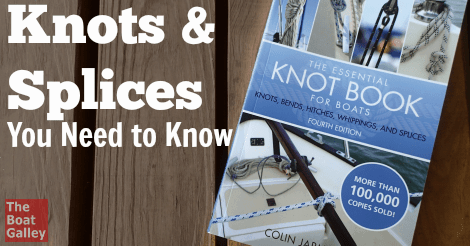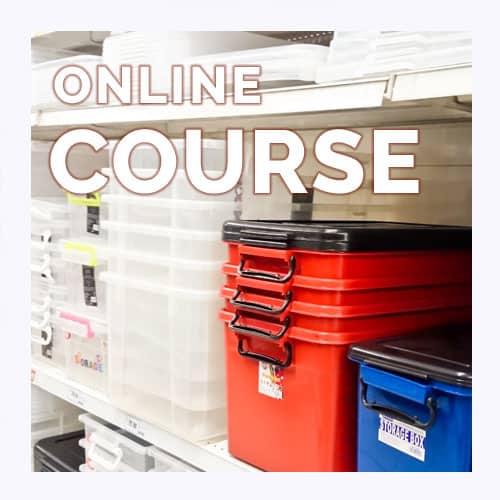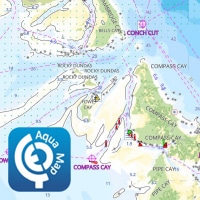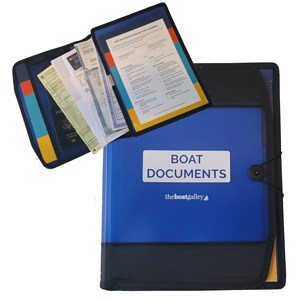I really don’t need to know every knot that’s ever been tied. And I do already know the basic ones: bowline, clove hitch, square knot, figure eight.
But situations come up where I’m not sure what knot would be best (or know that I don’t know the right one) . . . and I’ve had a lot of problems getting knots to hold in the new high tech lines.
No more. This little book is exactly what the title says: the essentials. 30 knots, 9 splices, 5 ways to whip the ends of line. No searching forever through hundreds of pages. Even better, it tells when it’s best to use each . . . and which ones are best in those slippery high tech lines.
The Essential Knot Book includes things such as coiling a line for storage, how to secure a tow line, tying a second line on to free a winch override and even for jury-rigging a mast and shrouds as well as the more common things like tying two lines together or bypassing a chafed section of a line. Splices include not just line-to-line 3- and 4-strand splices, but multiplait, wire rope (for rigging) and rope-to-chain splices (for anchor rode).
For each, there is a drawing showing how to tie it. I’ve always preferred books where the drawings show tying the knots step-by-step, but in trying several new knots, I’ve found that this way is perfectly understandable.
Next is text explaining what the knot is used for and anything special about it (did you know that most of us — me included — use a clove hitch in many inappropriate cases?) followed by a few photos of the knot/splice in actual usage.
For me, it’s the most practical knot and splice book I’ve seen. The two features that stand out above others we have (and we do have several — my husband is a bit of a knot fanatic) is the emphasis on what each knot is good for (and when not to use it) and its discussion of high tech lines and inclusion of knots that work particularly well on them (clearly marked as such).
I’m using this in print form; it’s also available as an ebook but I haven’t tried using it.

Carolyn Shearlock has lived aboard full-time for 17 years, splitting her time between a Tayana 37 monohull and a Gemini 105 catamaran. She’s cruised over 14,000 miles, from Pacific Mexico and Central America to Florida and the Bahamas, gaining firsthand experience with the joys and challenges of life on the water.
Through The Boat Galley, Carolyn has helped thousands of people explore, prepare for, and enjoy life afloat. She shares her expertise as an instructor at Cruisers University, in leading boating publications, and through her bestselling book, The Boat Galley Cookbook. She is passionate about helping others embark on their liveaboard journey—making life on the water simpler, safer, and more enjoyable.
Here’s your “Quick Start” to everything you need to know when living on a boat:










Elizabeth says
Hi Carolyn. Just ordered the Kindle version from your link. Thank you. You should add a review on Amazon. The poor guy doesn’t have any. I’ll add a review once I’ve had a chance to read the book.
Michelle Rene says
I get confused which knot to use where, thanks for this
Mindee McGeary Cobb says
We’re pretty much on the same schedule …crossing our fingers for good weather to paint the hull. Then we’ll finish bottom painting
Kristi Black says
Yep, knot gonna lie, I need this!
Amy Domaratzki says
Wish my Dad had this when he was rigging the trapeze years back. Couldn’t get the line to hold in spectra. I was the Guinea pig – got thrown in the lake a lot. Lost lots of trapeze hooks, too!
MaineBob Oconnor says
Knot Good!
Kevin Baerg says
Ordered – thanks!
Mark Keith says
Enjoy a knotty book. My fidgit bit is a bit of 550 cord. Good for creating muscle memory for various knots.